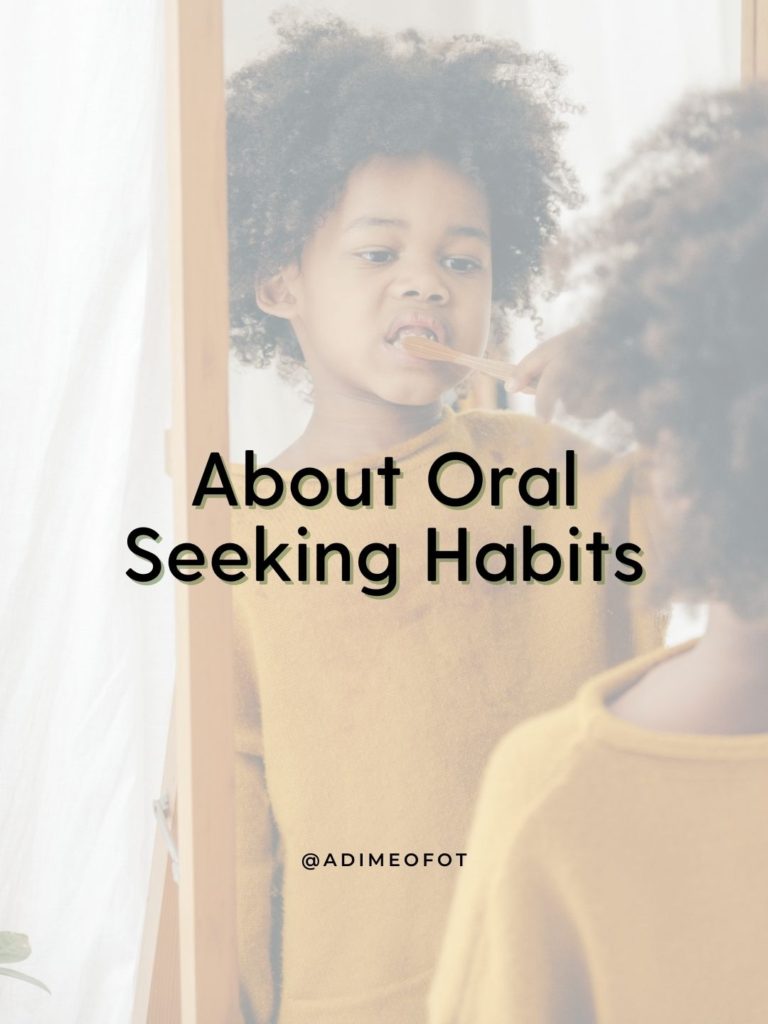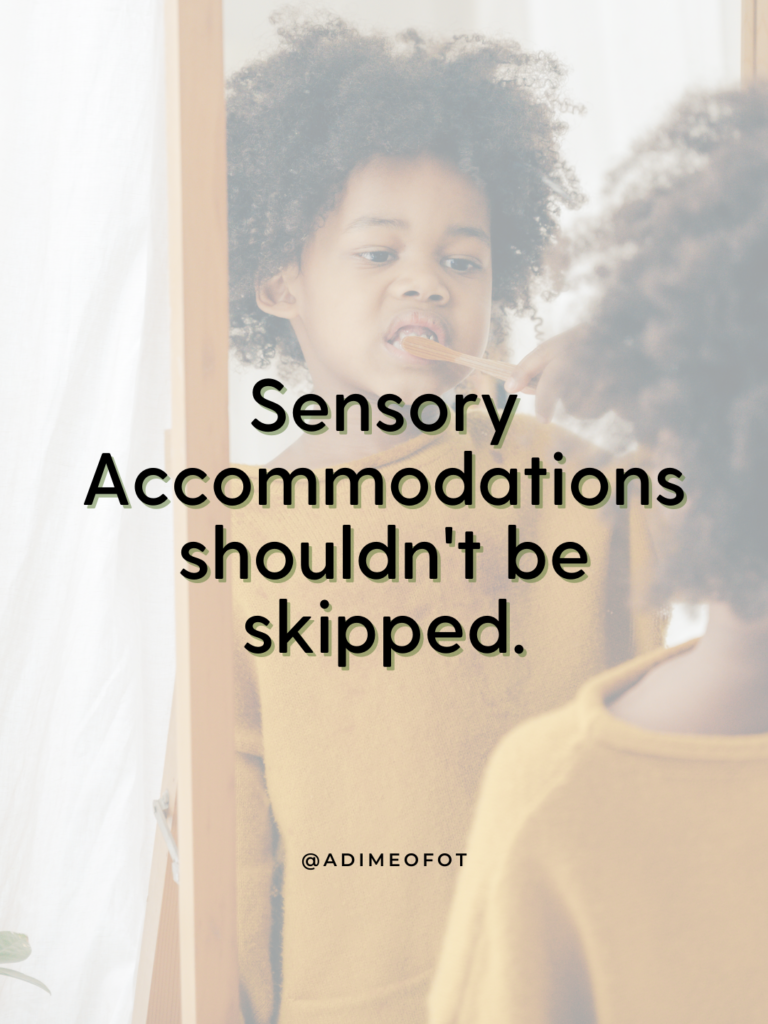What to do when kids need to chew? Or perhaps you notice that everything goes directly in their mouth! Learn strategies on oral seeking habits with children and how it relates to occupational therapy.

What is oral seeking?
This is a phrase used to describe someone who benefits from strong sensations in their mouth, whether that is licking, chewing, biting objects. An infant or toddler may do this at times, but other times we see children attempt to mouth non-food objects, overstuff their mouth, crave strong textures or tastes, etc. At times, it can be stressful if you have a child that seeks out objects to put in their mouth that are choking hazards or harmful, such as rocks, metallic objects, paint off the walls, random objects off the floor, etc.
When it comes to oral seeking with children, it is important to look for safety, and look for patterns in what a child consumes, when, and how often! You may want to seek skilled support from an occupational therapist when: a child chews constantly on (or through) bottle nipples, sippy cups, straws, put everything in mouth, or attempt to lick particular objects or textures.
It’s important to note that a child can have a limited diet and still be an oral seeker. An individual may use oral proprioceptive input for regulation but still be sensitive in other areas related to feeding (taste, smell, unexpected textures of foods). Eating non-food items can be related to stress (look for patterns when this occurs) and/or nutritional deficiencies (don’t rule out medical issues and talk with a primary care physician about possible low levels of vitamins and minerals).
Remember what an individual seeks out, where it occurs, and how often can tell us a lot about the full picture and how to problem solve for the just-right fit. Sensory accommodations shouldn’t be skipped. Replacing oral seeking habits can be important for safety (choking, digestion, harm, sanitation, quality) etc. Oral tools may experience wear & tear, and oral strategies may need to be changed/ updated over time. However, that does not mean that the goal is to extinguish safe oral seeking habits.
Here are some examples of oral seeking strategies and accommodations!
Chewy Tools,
Teethers,
Frozen Food,
Chewing Gum & Mints.
Spicy & Crunchy Foods,
Vibrating Toothbrush,
Popsicles,
Smoothies & Curly Straws,
Braided Fabrics, Washcloths
& Milkshakes.
These are a few of our favorite things!
Dr. Dime

Comment your favorite oral-sensory strategies below! & remember, these general strategies should not replace working with a licensed health professional.